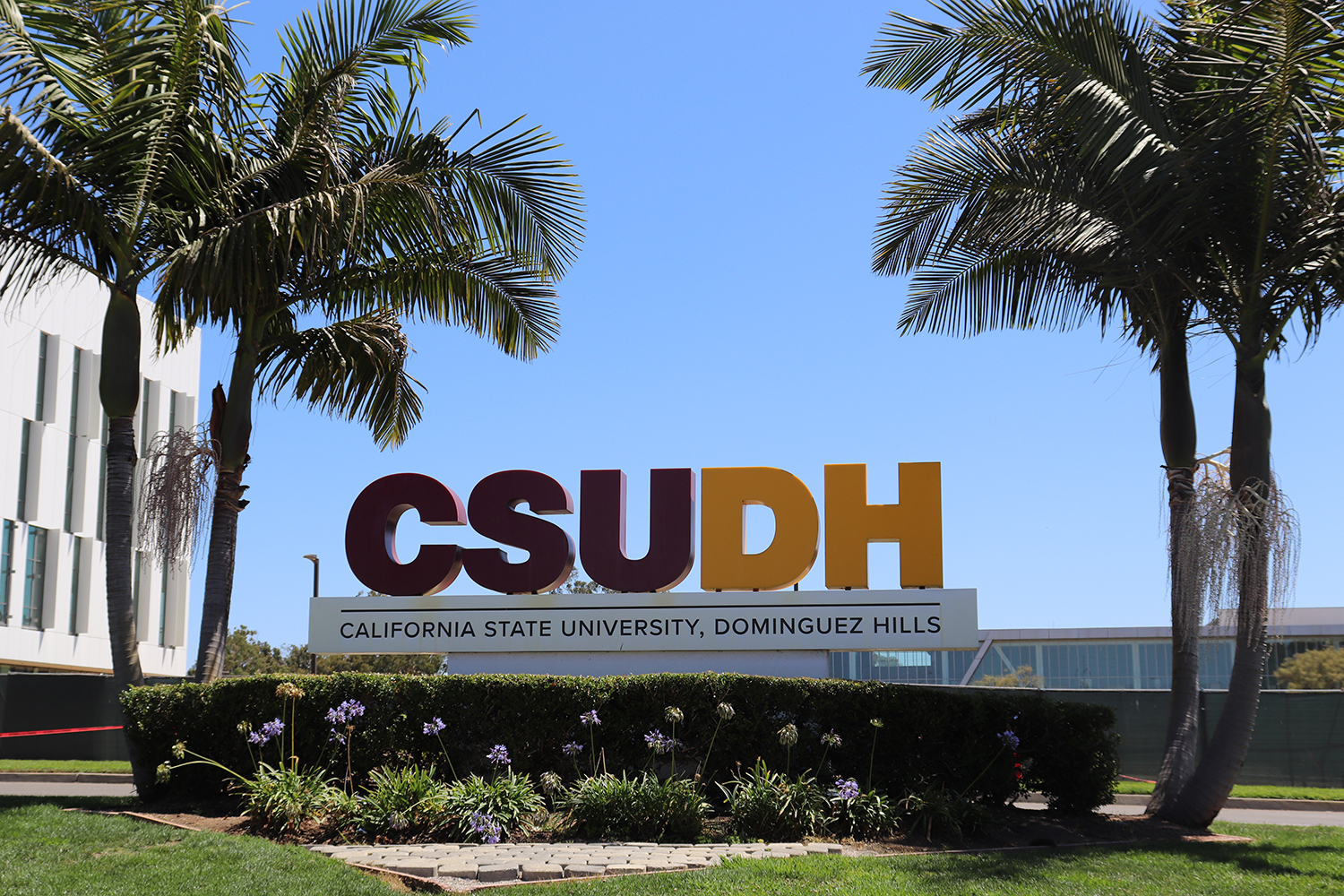Despite Pandemic, the UPC will continue to construct the Strategic Plan for this year. Photo by Iracema Navarro.
By Chaz Kawamura, Staff Reporter and Daniel Diaz, Staff Reporter
Future projects at California State University, Dominguez Hills will be overseen by the newly founded University Planning Committee (UPC), President Thomas A. Parham, announced in an email memorandum last Friday, March 5.
“We have to engage in a more self-determined posture,” Parham said in an interview with The Bulletin. “It is charting our own course and our own future for where we are. [The] university planning committee is designed to provide some level of coordination for all the activities that are going on [campus] so that the right-hand knows what the left hand is doing.”
The (UPC), which is part of the 2021-01 Presidential Memorandum, will focus on ensuring that current and future campus projects are in alignment with the university’s “strategic guideposts,” according to Parham’s email.
The committee, which Parham envisions will allow the university to regain the momentum it had before the pandemic, will be in charge of coordinating future campus planning efforts and integrate them into existing academic, financial, and technological plans. Along with this, the committee will also oversee what gets built on campus.
The UPC will work closely with stakeholder groups like the Academic Senate, Associated Students, Inc., and CSUDH’s labor unions, Parham said.
“The UPC formalizes the process that ensures stakeholders thoughtfully and collectively engages in charting a transparent course for the integration of projects,” Parham said in the email.
There are nine committee priorities, such as establishing an effective planning calendar that is in sync annually throughout all semesters, ensuring health standards and risk management, and keeping CSUDH on point on what Parham says is a critical part of its core mission.
“Student success is a major pillar of my administration, and I want to move the needle that allows us to increase the retention and graduation rates of students at the campus,” said Parham. “It is about the aspiration, not necessarily the operationalizing of it that comes later once the document is produced.”
The UPC will consider significant key sources such as the Western Association of Schools and Colleges reports, the CSUDH Strategic Plan, and the CSUDH Master Plan in prioritizing development and its decision-making.
According to the Presidential Memorandum, the committee also plans to construct its goals through vertical and horizontal approaches, meaning allocating and utilizing resources that are consistent with university priorities. The vertical thread will connect the university from its institutional level down to colleges, departments, and programs. The horizontal approach will allow planning and decision-making across departments and divisions.
“The strategic planning document is an aspirational document,” Parham said. “It looks at where the institution is now. It looks at where you want to go and then it provides you with a roadmap to get there, a timeline to get there, and articulations of the resources you think you are going to need to be able to get to that particular space you want to be.”
The UPC will be co-chaired by Vice Provost Ken O’Donnell, and Associate Vice President of Information Technology Marci Payne.
It will be composed of the chief of staff to the president, one student appointed in consultation with the ASI president and student affairs by the president’s cabinet, and nine additional members consisting of faculty, staff, and administrators.
“We will recover the momentum we were building before the pandemic and re-engage the adaptive functionality of the university’s mission and goals with an intentional focus on producing excellence in all of our endeavors,” Parham said.

